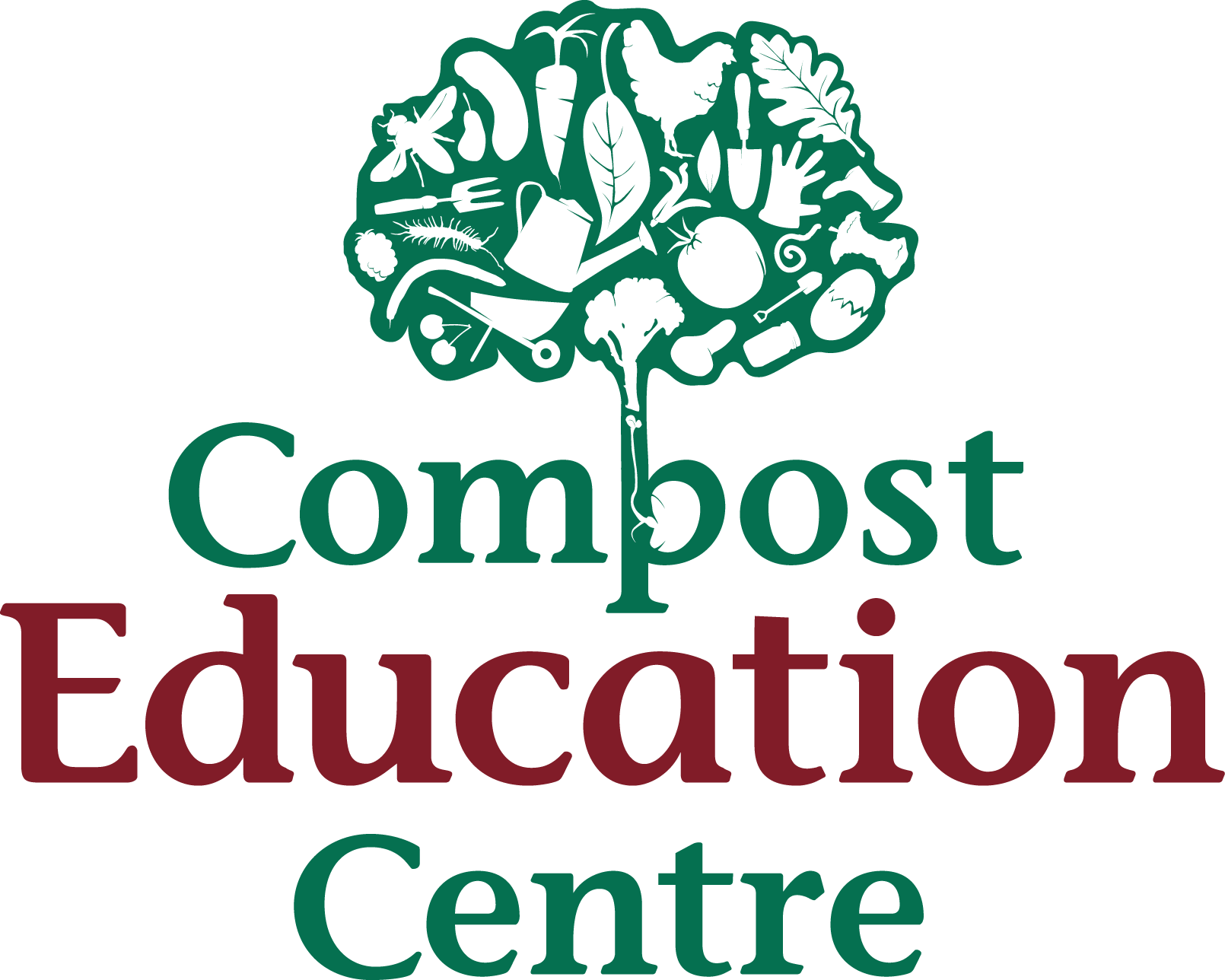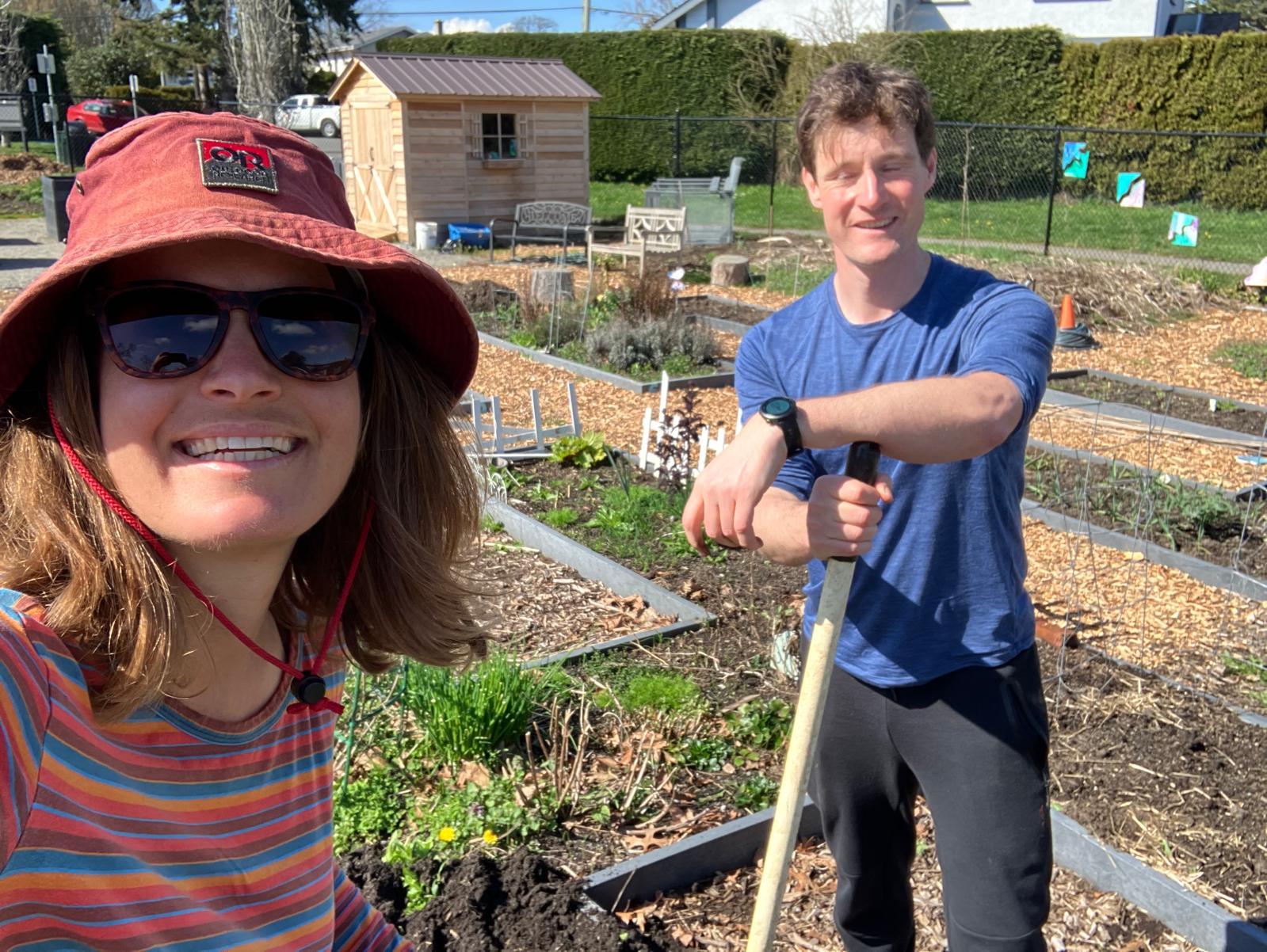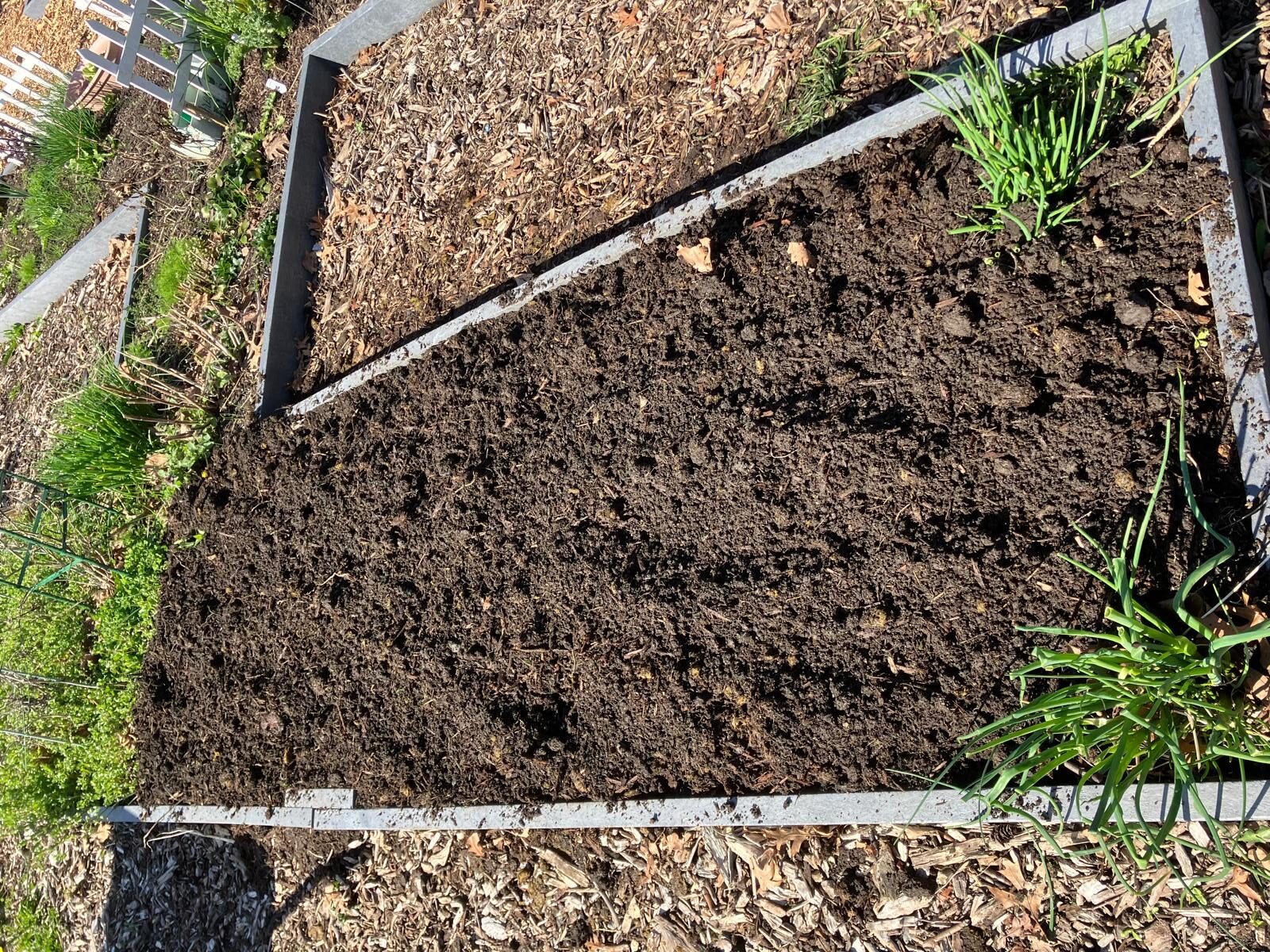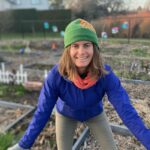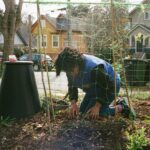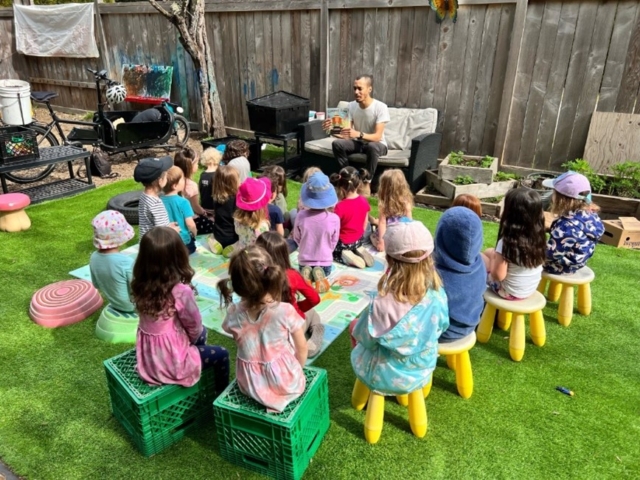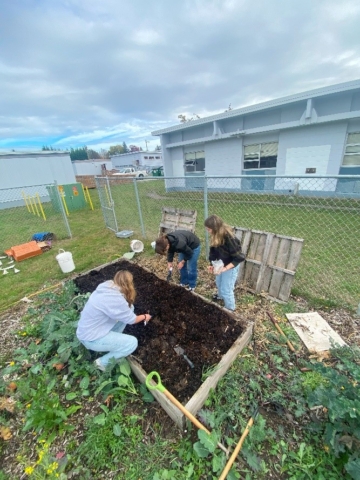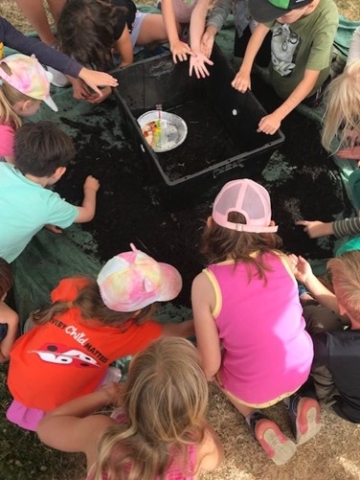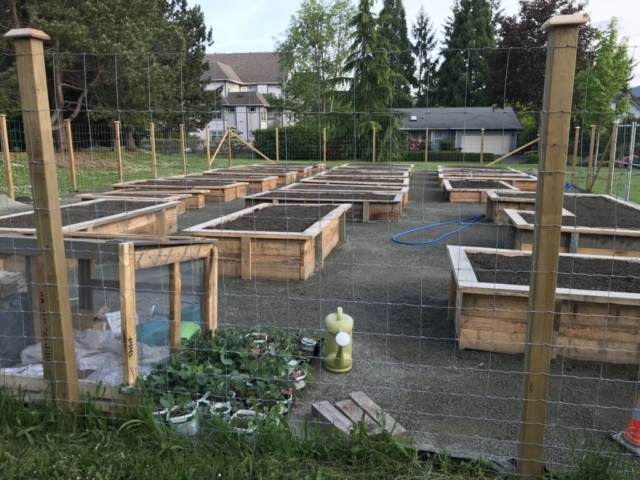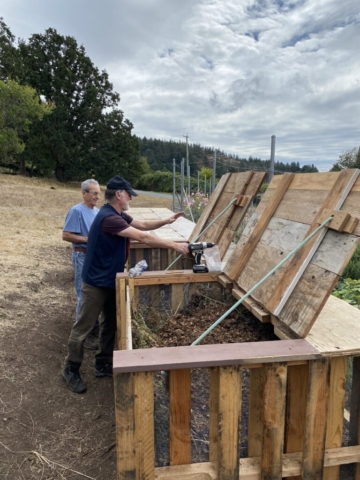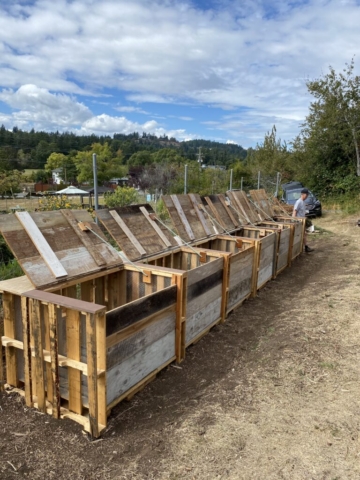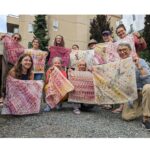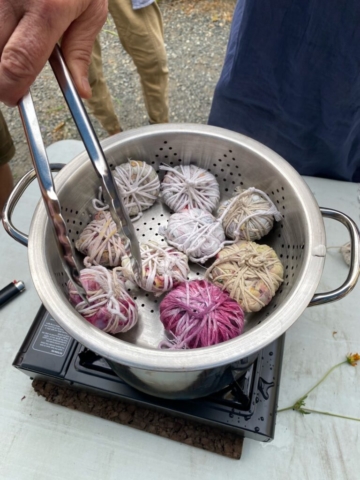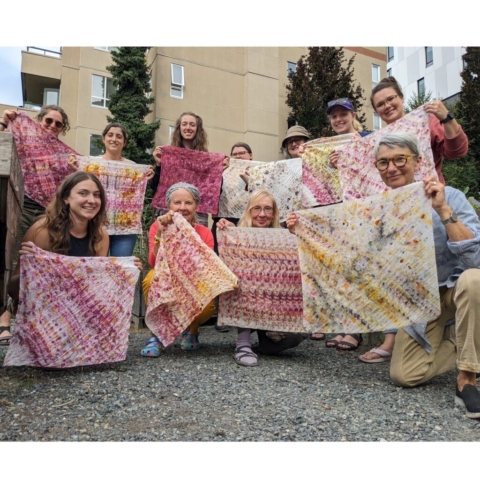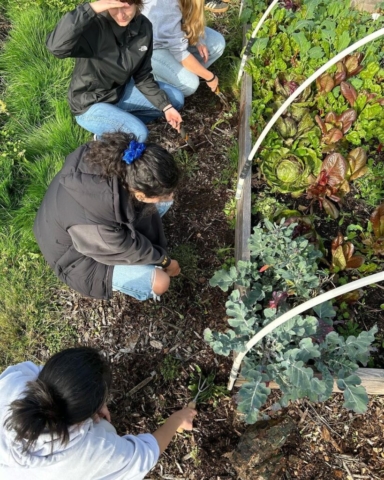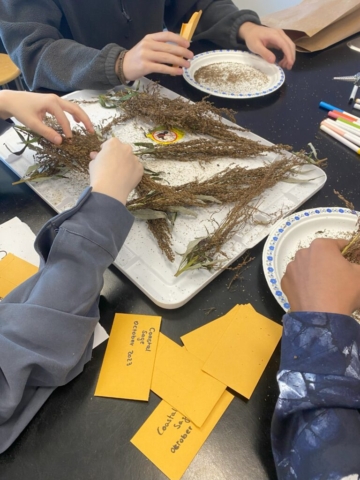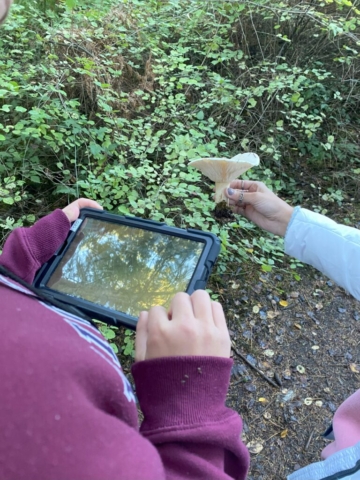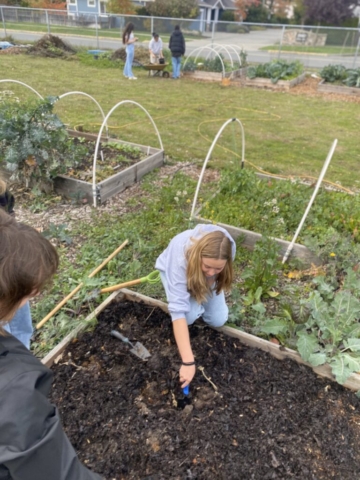Spring Plant Sale happening soon!
April 19, 2024
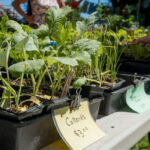
The Compost Education Centre (CEC) is hosting our annual all-organic May plant sale! May 11th, 2024 10AM-2PM
The plant sale will take place in Haegert Park (1202 Yukon St.) one block from our site on North Park street. Bring a blanket or a picnic so you can enjoy the music in the shade of the giant Sequoia tree. Entry by donation or free for CEC members. Dogs welcome.
The Spring Organic Plant Sale features local farmers offering a wide variety of organically grown vegetable, flower and herb seedlings to get you off to a successful start this growing season.
There will also be a Parent-Child workshop taking place during the sale, from 11:00am-12:00pm so bring the whole family!
What you can look forward to:
• The largest selection of organically grown heirloom tomato varieties all in one place for easy shopping
• Organically grown vegetable starts from arugula to zucchini
• Native plants for your low maintenance garden
• Perennial edibles like berry bushes and other fruiting shrubs
• Medicinal herbs like English lavender, chamomile and yarrow
• Culinary herbs like Genovese basil, dill and chives
• Companion plants like marigolds, sweet cicely and comfrey
• Live bicycle powered music!
The Compost Education Centre is located on unceded and occupied Indigenous territories, specifically the land of the Lekwungen speaking people—the Esquimalt and Songhees Nations. These nations are two of many, made up of individuals who have lived within the porous boundaries of what is considered Coast Salish, Nuu-Chah-Nulth and Kwakwa’wakw Territory (Vancouver Island) since time immemorial. At the CEC we seek to respect, honour and continually grow our own understandings of Indigenous rights and history, and to fulfill our responsibilities as settlers, who live and work directly with the land and its complex, vital ecologies and our diverse, evolving communities.
Compost Education Centre memberships get you free workshops, discounts at garden centres around town and more great perks! Sign up or learn more on our website.
Accessibility Information
The sale will be happening in Haegert park which is grassy and slightly sloped, there are curb cuts at various entrance points to get into the park.
Posted in Uncategorized